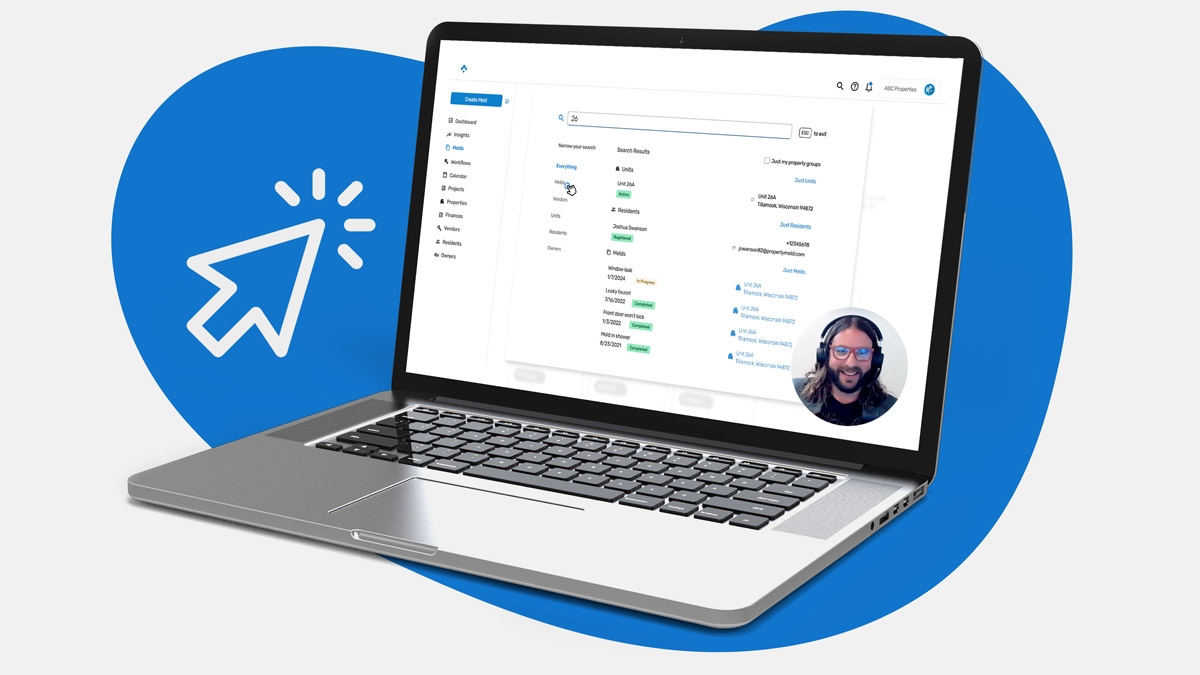In today’s fast-evolving property management industry, staying competitive often means adopting new technology. Whether it’s a platform to streamline maintenance requests, enhance resident communication, or optimize property inspections, integrating new tech can significantly improve operations. However, successful implementation hinges on how well your team adapts to the new system. Without proper training, even the most beneficial technology can fall flat, leading to frustration, inefficiency, and resistance.
To ensure a smooth transition and set your team up for success, a structured, step-by-step training process is essential. In this guide, we’ll walk through the critical stages of training your property management team for new technology, covering key aspects like scheduling, resource materials, and ongoing support.
1. Prepare for the Transition: Communication and Planning
Before diving into the technical training, it’s crucial to prepare your team mentally and logistically for the upcoming changes. Transparency is key to reducing resistance and ensuring a smoother transition.
Communicate the Why
Start by clearly explaining why the company is implementing new technology and how it will benefit your team. Highlight the pain points that the new system will solve, whether it’s reducing manual tasks, improving communication, or making maintenance management more efficient. When team members understand the purpose and advantages, they are more likely to embrace the change.
Create a Training Timeline
Establish a training timeline that aligns with the technology rollout. This should include key milestones, such as initial demonstrations, hands-on training sessions, and evaluation dates. Make sure the timeline is realistic—account for learning curves and potential disruptions to daily operations.
Involve Key Stakeholders
Identify team members who can serve as “tech champions” or early adopters. These individuals can participate in advanced training and then assist others during the transition. Having in-house support helps foster a culture of collaboration and reduces the burden on external trainers.
2. Develop a Comprehensive Training Plan
Once the groundwork is laid, it’s time to develop a detailed training plan that caters to different learning styles and covers all the necessary aspects of the new system.
Assess Team Needs
Not everyone on your team will require the same level of training. For instance, property managers may need in-depth training on reporting tools, while maintenance staff might focus on work order management. Tailor the training to different roles within your property management team, ensuring each group receives relevant information.
Provide a Variety of Training Materials
Different team members learn in different ways, so it’s important to offer a variety of training resources. Consider providing:
- Hands-on demonstrations: Live demos allow the team to see the system in action.
- Video tutorials: Short videos can be revisited later, offering a visual reference.
- Step-by-step guides: Written materials provide a detailed walkthrough of key processes.
- Online knowledge base: A centralized hub for frequently asked questions (FAQs), troubleshooting tips, and additional resources.
By offering multiple types of learning materials, you ensure that every team member can engage with the training in a way that suits them best.
3. Schedule Interactive, Hands-On Training Sessions
Hands-on practice is one of the most effective ways to help your team become comfortable with new technology. Organize interactive training sessions that allow employees to use the system in real-world scenarios. The goal is to create a low-pressure environment where they can explore the system, ask questions, and learn by doing.
Break Up the Training into Smaller Sessions
Instead of cramming everything into one long training session, break it up into shorter, focused workshops. For example, dedicate one session to maintenance requests, another to communication tools, and a third to reporting. Shorter sessions are easier to digest and ensure that employees don’t feel overwhelmed.
Encourage Participation and Questions
During these sessions, encourage team members to actively participate by testing out features, completing tasks, and asking questions. This hands-on experience is crucial for building confidence in the new system. Don’t rush through the material—allow time for troubleshooting and addressing any concerns.
4. Ensure Ongoing Support After Initial Training
Training shouldn’t end after the initial rollout. Ongoing support is crucial for reinforcing what’s been learned and helping employees address any challenges they encounter once they start using the new system regularly.
Establish a Support System
Create a clear support system where team members can get help when they need it. This could be an internal help desk, access to the tech champions, or direct support from the software vendor. Make sure everyone knows how to get assistance if they run into problems with the new technology.
Schedule Follow-Up Training Sessions
After the initial implementation, consider scheduling follow-up training sessions to reinforce key concepts and address any issues that have arisen. These sessions can focus on more advanced features of the technology or provide additional practice for those who need it.
Encourage Peer-to-Peer Learning
Fostering a culture of peer-to-peer support can be a game changer. Encourage more tech-savvy team members to share their knowledge with others. This not only helps with ongoing learning but also builds a sense of teamwork and collaboration.
5. Measure Success and Gather Feedback
Once your team is trained and the new technology is in use, it’s important to measure the success of the training program and gather feedback.
Track Key Performance Indicators (KPIs)
To evaluate the effectiveness of the training, track performance metrics that reflect how well the team is using the new technology. This could include data on response times for maintenance requests, resident satisfaction scores, or time saved on administrative tasks.
Gather Team Feedback
After a few weeks of using the new system, gather feedback from your team on the training process. Ask what worked, what didn’t, and what could be improved. Their input will help you refine future training sessions and ensure that the team remains engaged with the technology.
Continue to Evolve Training Programs
Training shouldn’t be a one-time event. As the technology evolves or new features are introduced, ongoing education will be necessary. Be prepared to adapt your training programs to reflect these changes and ensure your team remains proficient.
Training your property management team for new technology requires careful planning, clear communication, and ongoing support. By breaking the process down into manageable steps—preparing your team, creating a tailored training plan, providing hands-on learning, and offering continuous support—you’ll ensure that your team is fully equipped to embrace the new system with confidence.
With the right training, your team won’t just survive a tech transition—they’ll thrive, contributing to a more efficient, scalable, and resident-focused property management operation.






